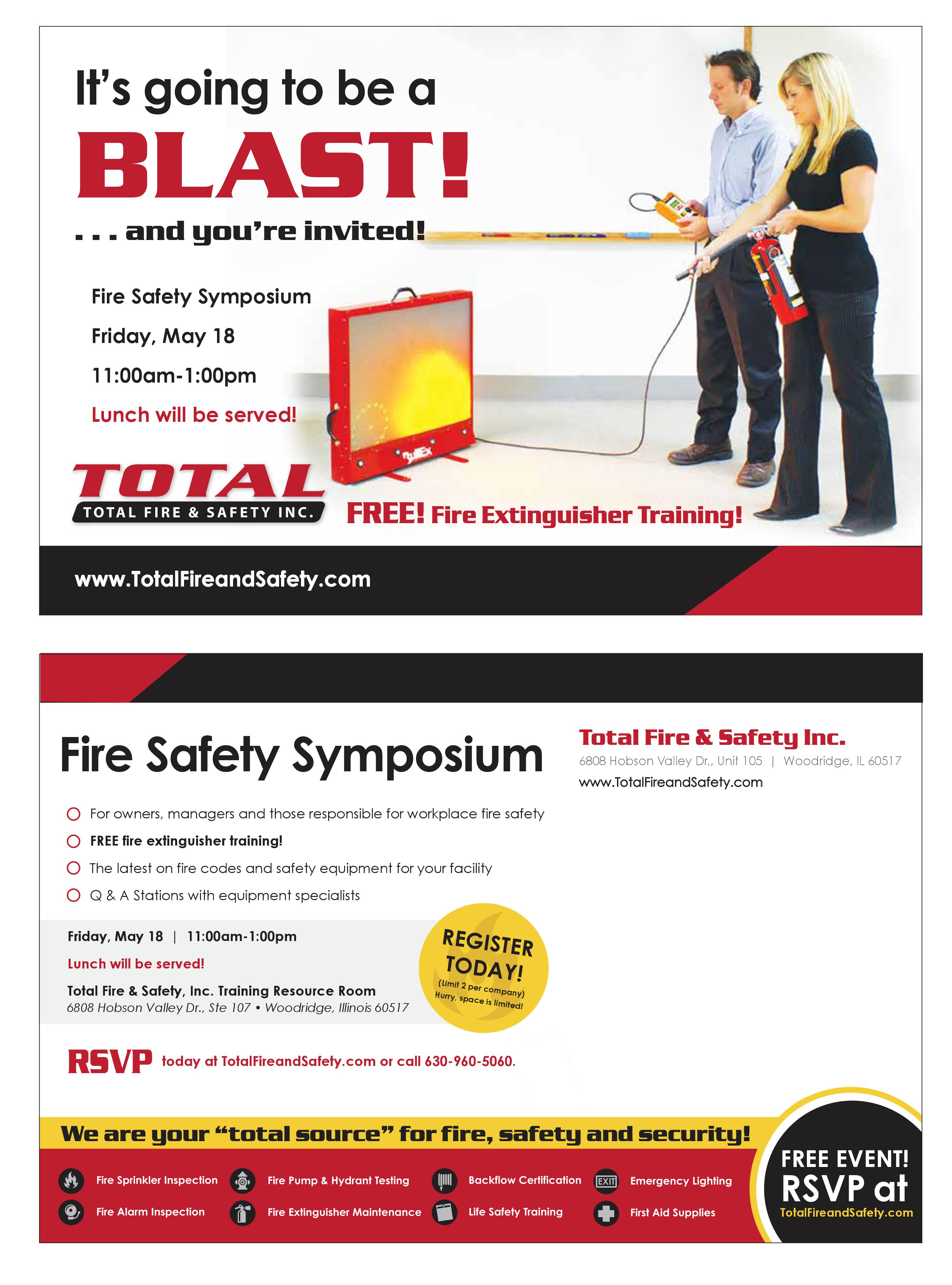 Nobody thinks much about emergency exit lights. But if the power suddenly goes out, smoke fills the room and you can’t see a foot in front of you, relying on the emergency lights may be your only means of escape.
Nobody thinks much about emergency exit lights. But if the power suddenly goes out, smoke fills the room and you can’t see a foot in front of you, relying on the emergency lights may be your only means of escape.
Emergency exit lights are essential to safety in any dangerous situation. They can alarm someone in a fire, be the only source of light in the dark, and the key to safely exiting the building. Emergency exit lights are often overlooked and taken for granted, but take note of how many you come across every day. Do you realize how many requirements and regulations go into the installation and maintenance of one exit sign?
There are numerous agencies that govern emergency exit lighting and signs: OSHA (Occupational Safety and Health Administration), NFPA (National Fire Protection Administration, JCAHO (Joint Commission on Accreditation of Healthcare Organizations and the International Building Code and International Fire Code. Above all these agencies, the local authority is responsible for monitoring and enforcing building/fire codes.
According to OSHA, an exit route is defined as a continuous and unobstructed path of exit travel from any point within a workplace to a place of safety. There are three parts to an exit route:
- Exit access-part of the exit route that leads to an exit.
- Exit-part of the exit route that is separated from other areas and provides a safe means of travel to exit discharge.
- Exit discharge-part of the exit route that leads to directly outside or refuge area.
OSHA’s requirements for the lighting of these afore mentioned exit routes is covered under 1910.37(b). It states that each exit route must be sufficiently lighted so an employee with normal vision can see along the exit route and each exit must be clearly visible and marked by a sign reading “EXIT.” Additional information for OSHA requirements can be found at www.osha.gov.
The NFPA guidance for emergency exit lighting and signs can be found in the NFPA 101, Life Safety Code. The NFPA’s Life Safety Code provides information for placement, illumination, and visibility for exit signs.
- Placement of exit sign. Any exit signs must be located so that no point in an exit access area is more than the sign’s viewing distance, or 100 feet from the nearest sign.
- Visibility of exit signs-Every sign must be located and of such size, distinctive color and design that is visible and contrasts from the background of its placement. NFPA also states no decorations, furnishings, or equipment that impairs visibility of a sign shall be permitted. Nothing should be placed near an exit sign that distracts attention and inhibits visibility of an exit sign.
- Illumination of Exit Signs-The NFPA states all exit signs must be illuminated by a reliable light source and legible in normal and emergency exit lighting modes. There are two categories of illumination: external illumination, which comes from outside the exit sign and internal illumination, which comes from a source inside an exit sign.
According to the NFPA, emergency illumination must be provided for a minimum of 1.5 hours in the event of power outage. The emergency lighting must be illuminated not less than an average of one lumen per square foot. The maximum illumination at any point can be 40 times the minimum illumination. All emergency exit lighting must be able to provide lighting automatically when normal light is interrupted.
Many emergency exit lights are now using LED lights. The NFPA states that LED lights are longer lasting, provide better light and are most durable. In emergency situations, LED lights emit sufficient lighting and are most effective when placed properly. They are also most energy efficient, saving the building money.
According to the NFPA requirements for testing, there are three categories of emergency lights: traditional, self-testing, and computer base self-testing. A monthly activation test which involves having the lights illuminate for no less than 30 seconds and an annual test which keeps the lights illuminated for 1.5 hours, simulating a long-term emergency. Records of these test must be maintained for inspection.
Many regulations, codes, and considerations go into the signs and lights you see every day so it is important to have regular maintenance and testing of these lights. Total Fire and Safety has a knowledge team for inspecting emergency exit lighting. With regular maintenance and testing from Total Fire and Safety, you can be assured your emergency exit lighting is up to code and the safety of your employees/tenants is assured. Give us a call today 630-960-5060.
